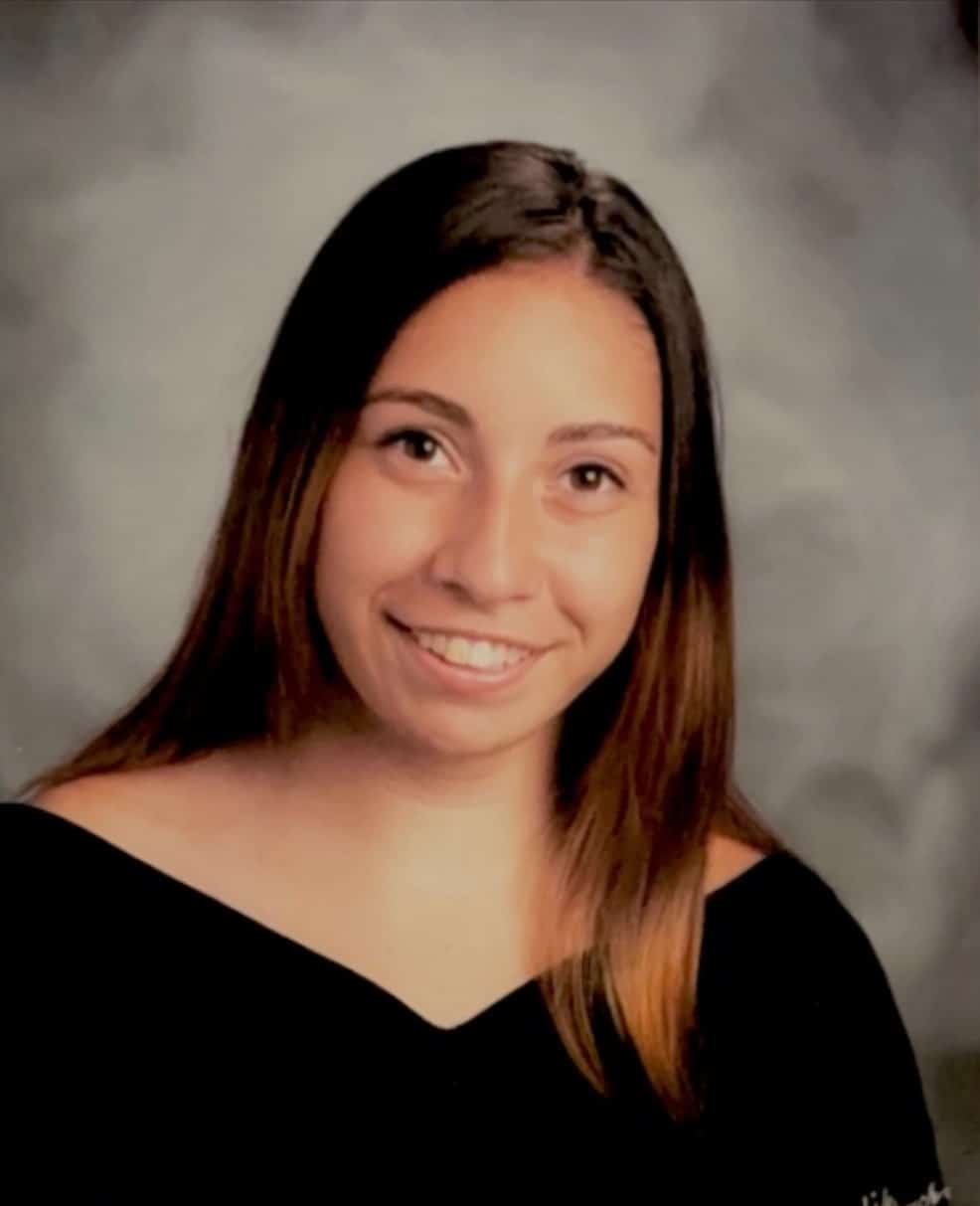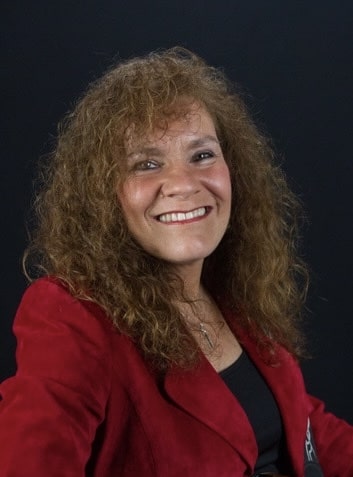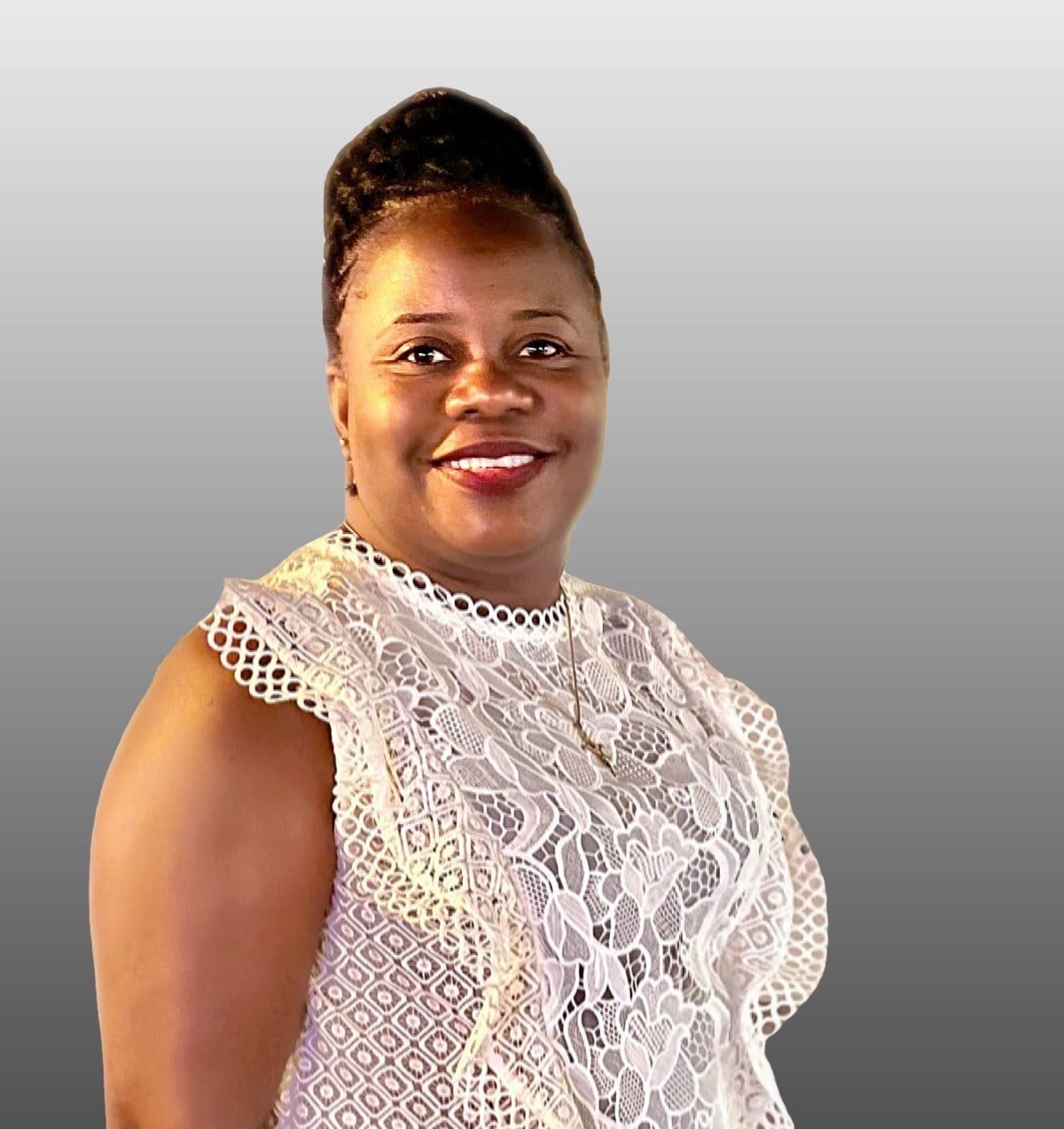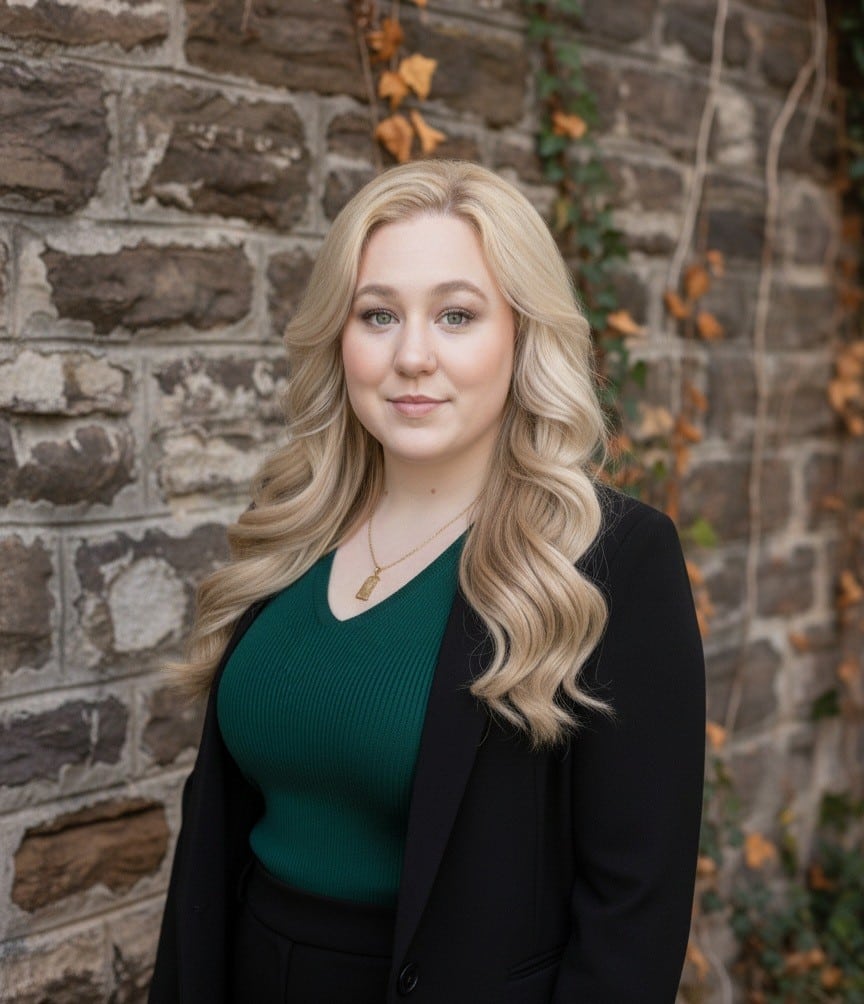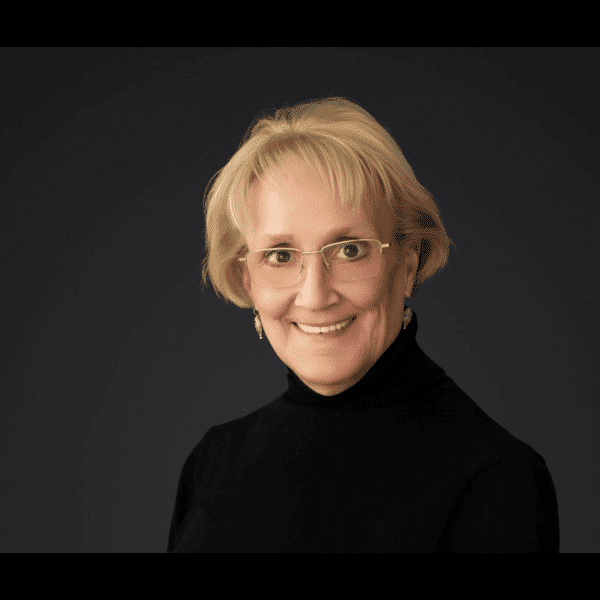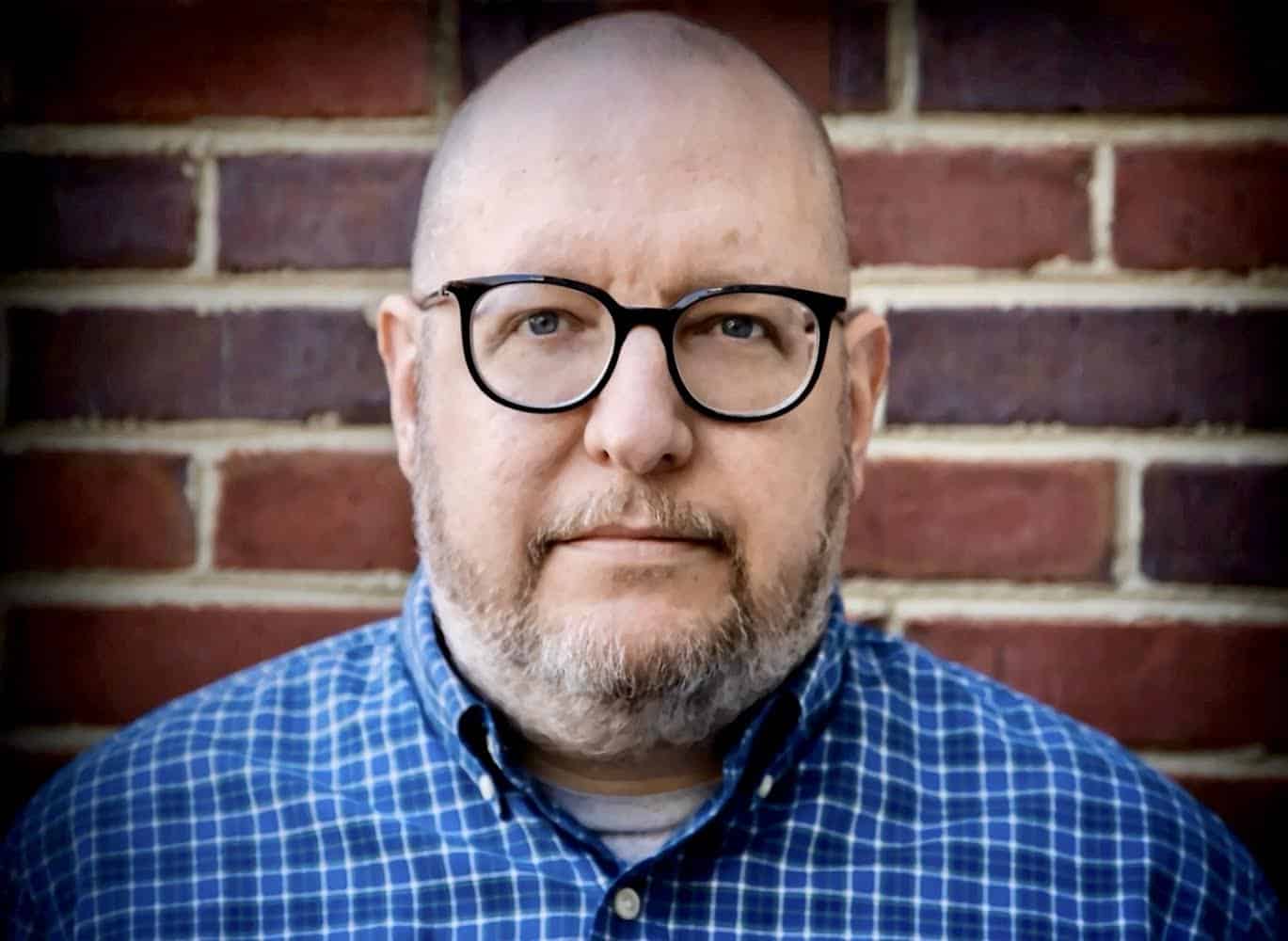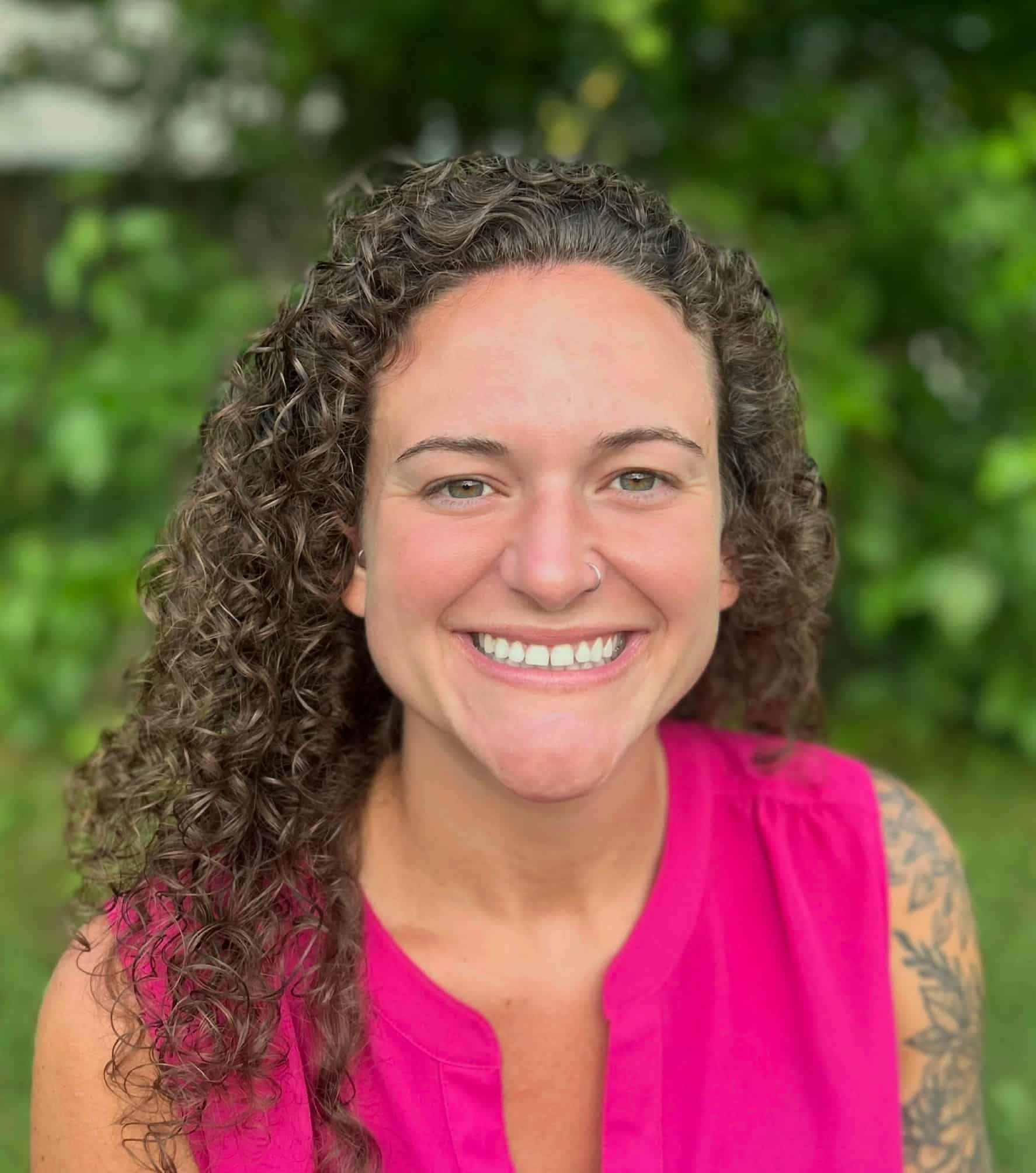Finding Prescription Drug Rehab in Maryland
Prescription drug addiction has grown into one of the most pressing public health issues in the U.S., and Maryland is no exception.[1] Many people develop dependence on painkillers, sedatives, or stimulants even when using them exactly as prescribed. Over time, tolerance builds, misuse can begin, and the risk of overdose or dangerous withdrawal becomes very real. That said, recovery is possible. With the help of a prescription drug rehab in Maryland, individuals can safely detox, rebuild their health, and begin a long-term path to healing.

Jump to Section
Key Points
- Prescription drug addiction often begins with medications that were legally prescribed for pain, anxiety, or focus.
- Opioids, benzodiazepines, and stimulants can quickly lead to dependence, even when taken as directed.
- Prescription drug rehab centers and treatment programs offer safe detox, therapy, and long-term recovery support.
- Dual diagnosis treatment is crucial for individuals with underlying mental health conditions.
- In Maryland, prescription drug rehab programs provide the structure and care needed for lasting sobriety.
What Is Prescription Drug Addiction?
Prescription drug addiction happens when someone becomes physically or psychologically dependent on a medication that was initially prescribed for a medical reason. [2] This kind of addiction can sneak up slowly—what begins as following doctor’s orders can turn into needing higher doses to feel the same effect or taking the medication more often than prescribed.
Three primary types of prescription drugs are commonly misused: opioids, benzodiazepines, and stimulants. [3] Opioids like Oxycodone and Vicodin are typically prescribed for pain relief, but can create a strong sense of euphoria that leads to misuse. Benzodiazepines such as Xanax and Ativan are used for anxiety or sleep, but are highly addictive and dangerous when combined with other depressants like alcohol. Stimulants like Adderall and Ritalin are typically prescribed for ADHD and can be misused for energy or focus, especially in high-stress environments.
Even when taken as prescribed, these medications can lead to tolerance, meaning the body needs more to achieve the same result. Over time, misuse can evolve into a full-blown substance use disorder.[4] A prescription drug addiction treatment center offers the structure, support, and medical oversight needed to break this cycle and start healing. Whether someone or their loved one began misusing pills for pain, anxiety, or performance, prescription drug rehab can help reclaim control.

Signs and Symptoms of Prescription Drug Addiction
Recognizing signs of prescription drug addiction early can make a big difference in getting help. [5] Physically, someone may exhibit signs such as excessive drowsiness, poor coordination, nausea, and noticeable changes in sleep patterns or appetite.
As dependence grows, withdrawal symptoms—like sweating, shaking, anxiety, or flu-like discomfort—may appear when the medication isn’t taken.
Behaviorally, people struggling with addiction often begin increasing their dosage without medical approval or visiting multiple doctors to get more prescriptions—a practice known as “doctor shopping.” [6] They may become secretive or defensive about their medication use and experience frequent mood swings, irritability, or emotional outbursts. Relationships, work, and daily responsibilities may start to suffer.
These symptoms are strong indicators that it’s time to consider rehab for prescription drugs. With professional support and treatment plans, individuals can safely detox, explore the underlying reasons for substance use, and learn healthier ways to cope and function without relying on medication.
What to Expect During Treatment at a Prescription Drug Rehab Center
When someone enters a prescription drug rehab center, the first step is a full intake and evaluation. This includes a complete mental health and substance use assessment so that the care team can understand their medical history, current symptoms, and treatment goals. From there, they’ll build a personalized plan tailored to their needs.
If a person is physically dependent on medications like opioids, benzodiazepines, or stimulants, detoxification will likely be the next phase.
During detox, medical staff are present to closely monitor the condition and ensure the process is as safe and manageable as possible. Withdrawal can be tough—sometimes even dangerous—so having professionals monitor things like seizures, intense anxiety, or cravings makes a huge difference.
Once someone’s body is clear of the substance, the real work of addiction recovery begins. Therapy becomes the primary focus, featuring a combination of one-on-one sessions, group counseling, and mental health support. If someone is struggling with depression, anxiety, or trouble sleeping, medication management might also be part of their plan.
As treatment winds down, the team will help build a roadmap for life after rehab. That might include transitioning into an Intensive Outpatient Program (IOP), moving into sober living, or setting up continued therapy and relapse prevention strategies.
The goal is long-term support, so someone isn’t just getting through treatment; they’re building a foundation for what comes next.

Amanda Stevens, B.S.
Medical Content Writer
Amanda Stevens is a highly respected figure in the field of medical content writing, with a specific focus on eating disorders and addiction treatment. Amanda earned a Bachelor of Science degree in Social Work from Purdue University, graduating Magna Cum Laude, which serves as a strong educational foundation for her contributions.
If you or a loved one is ready to get help but finances are holding you back, give us a call. We can work with your health insurance provider.
Why Professional Rehab Is Essential
Trying to quit prescription drugs without help can be dangerous, especially when involving substances like opioids, benzodiazepines, or stimulants. These medications change brain chemistry, and stopping them abruptly—often called “quitting cold turkey”—can trigger serious health risks.
For example, withdrawing from benzos may cause seizures, while stimulant withdrawal can bring on extreme fatigue or depression. Opioid withdrawal, while not typically life-threatening, is physically grueling and often leads to relapse without support.[7]
That’s why professional substance abuse treatment is so important. At a prescription drug rehab center, medical staff can guide patients through a safe, supervised detox. There, individuals also have access to emotional support, therapy, and tools to manage cravings and prevent future relapse.
It’s not just about getting the drugs out of the system—it’s about rebuilding a person’s health, habits, and hope for the future with treatment services.
Prescription Drug Rehab Programs in Maryland
Finding the right prescription drug rehab in Maryland starts with choosing a recovery center that fits an individual’s needs and lifestyle.
For someone facing severe addiction or those who’ve previously struggled with relapse, inpatient rehab may be the best option, although other levels of care are also available.
Residential treatment programs offer 24/7 medical supervision, daily therapy sessions, and a safe environment to stabilize both physically and emotionally during the start of a recovery journey.
If someone doesn’t require round-the-clock care or is transitioning out of inpatient treatment, outpatient treatment options such as Partial Hospitalization (PHP) and Intensive Outpatient Programs (IOP) offer structured support with greater flexibility.
Participants can attend group therapy, individual therapy, counseling, and mental health services, as well as medication check-ins, while continuing to work or care for their families.
The journey doesn’t end when formal treatment does.
Prescription drug rehab centers in Maryland often include aftercare planning, sober living referrals, and alumni programs to help with staying on track. Long-term recovery is a process, and staying connected to support makes it easier to build a healthier, drug-free life following addiction treatment programs.
Therapies Used in Prescription Drug Addiction Treatment
Effective treatment at prescription drug rehabilitation centers goes beyond detox—it focuses on reshaping how someone thinks, feels, and responds to stress. [8]
Cognitive Behavioral Therapy (CBT)
(CBT) helps them recognize the thought patterns and behaviors that fuel their substance use, giving them practical tools to challenge and replace them.
Dialectical Behavior Therapy (DBT)
Suppose emotional dysregulation or past trauma plays a role in addiction. In that case, behavioral health therapies like Dialectical Behavior Therapy (DBT) and trauma-informed care can help build resilience and manage intense emotions without turning to medication.
Group Therapy
Group therapy is another powerful part of the process. These sessions provide an opportunity to discuss openly with others who truly understand. The shared experience of recovery helps people feel less alone, builds accountability,
Dual Diagnosis and Mental Health Care
For a lot of people, prescription drug addiction doesn’t happen on its own. Struggles with opioids, benzos, or stimulants often go hand in hand with mental health conditions like depression, anxiety, or PTSD. It’s a two-way street—when mental health isn’t managed, it can drive someone to use, and using only makes those emotional challenges worse.
That’s why many prescription drug rehab centers offer dual diagnosis treatment for co-occurring disorders.[9] Instead of treating addiction and any mental health disorders separately, both are addressed together through an integrated wellness plan.
This might include a psychiatric evaluation, medications to help stabilize mood or reduce anxiety, and therapy that targets the emotional roots of addiction. When both sides of the struggle are addressed simultaneously, people have a significantly stronger chance of achieving a real and lasting recovery.


Editorial Guidelines at The Freedom Center
All content produced by The Freedom Center undergoes a detailed evaluation process to ensure accuracy and quality. We only work with medical professionals and individuals with extensive experience in the field, and all content produced undergoes a review process to ensure accuracy. Our goal is to be a reliable resource the recovery community can turn to for information they can trust.

Amanda Stevens, B.S.
Medical Content Writer
Amanda Stevens is a highly respected figure in the field of medical content writing, with a specific focus on eating disorders and addiction treatment. Amanda earned a Bachelor of Science degree in Social Work from Purdue University, graduating Magna Cum Laude, which serves as a strong educational foundation for her contributions.
If you or a loved one is ready to get help but finances are holding you back, give us a call. We can work with your health insurance provider.
Frequently Asked Questions About Prescription Drug Rehab
Some common signs include taking more medication than prescribed, running out early, visiting multiple doctors for prescriptions, and changes in mood or behavior.[10] Physical symptoms can include drowsiness, poor coordination, nausea, or withdrawal with a missed dose.
Yes, detox is often needed—especially for benzodiazepines and opioids—because withdrawal from these medications can be intense or even dangerous. [11] Medical supervision helps bring both safety and comfort during this process.
Treatment length and the timeline depend on how severe the addiction is and the individual’s needs. Some people start with a 30-day inpatient program, while others continue with outpatient care for several months. Long-term recovery often includes ongoing therapy and support.
Yes. Outpatient programs, such as PHP (Partial Hospitalization Program) or IOP (Intensive Outpatient Program), are designed to accommodate individuals’ schedules and lifestyles. These options allow them to receive care while continuing with daily responsibilities.
Most private insurance plans cover at least part of the cost for prescription drug addiction treatment, including detox and outpatient services. It’s best to contact the insurance coverage provider or a local rehab center to verify specific benefits.
Look for licensed and accredited prescription drug rehabilitation centers that offer evidence-based care, medical detoxification, and mental health support, such as The Freedom Center. Centers in Maryland often offer both inpatient and outpatient options, providing flexible and effective treatment. At The Freedom Center, there is a range of care options for substance use treatment and dual diagnosis care.
Sources
[1][2][3] Nora D. Volkow, M.D. (Director). (2011). What is prescription drug abuse? In NIDA Research Report Series [Research report]. https://nida.nih.gov/sites/default/files/rxreportfinalprint.pdf
[4] National Library of Medicine. (n.d.). Prescription drug misuse. https://medlineplus.gov/prescriptiondrugmisuse.html
[5][6][10] Prescription drug abuse – Symptoms and causes. (n.d.). Mayo Clinic. https://www.mayoclinic.org/diseases-conditions/prescription-drug-abuse/symptoms-causes/syc-20376813
[7][11] Clinical Guidelines for Withdrawal Management and Treatment of Drug Dependence in Closed Settings. Geneva: World Health Organization; 2009. 4, Withdrawal Management. Available from: https://www.ncbi.nlm.nih.gov/books/NBK310652/
[8] Huett, K. (2023, April 4). Treatment Methods & Evidence-Based Practices. National Association of Addiction Treatment Providers. https://www.naatp.org/addiction-treatment-resources/treatment-methods
[9] Nami, & Nami. (2024, May 31). Understanding dual diagnosis. National Alliance on Mental Illness (NAMI). https://www.nami.org/advocate/understanding-dual-diagnosis/







